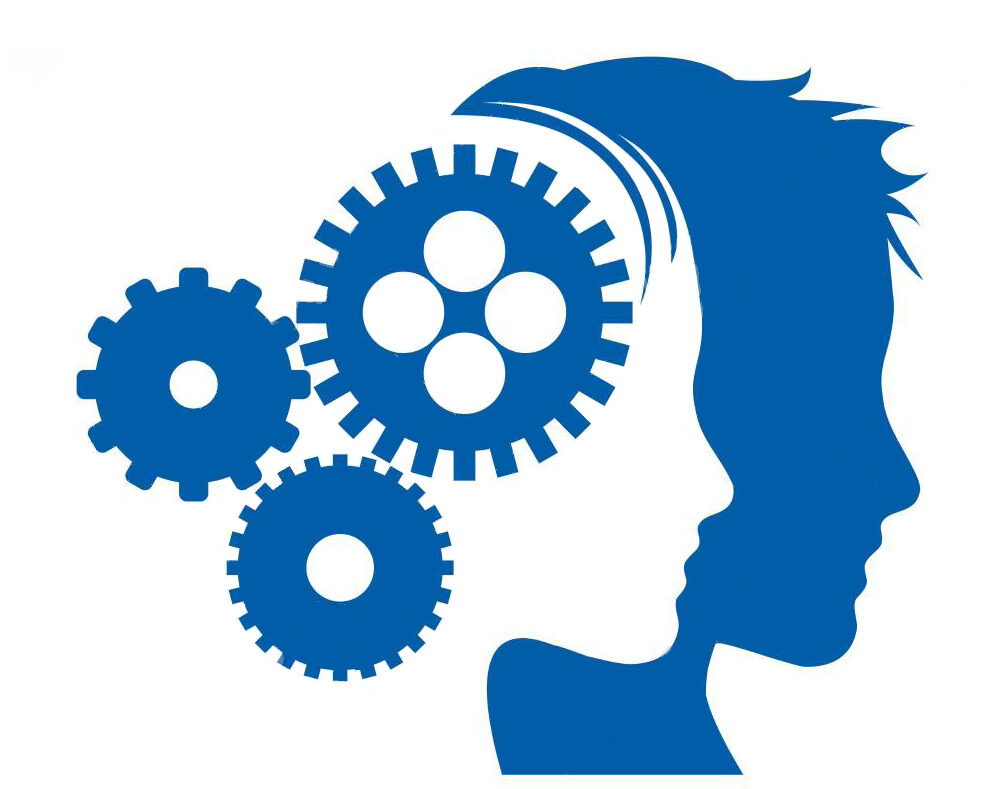Hey there, language enthusiasts! Get ready to discover a truly captivating journey into the fascinating world of “Fight Languages”. Intrigued? Well, this article is about to take you on an adventure like no other, where you’ll explore the rich diversity of languages and their thrilling evolution. From the relentless battles languages wage for dominance to the astonishing ways they adapt and change, get ready to be swept away in a whirlwind of linguistic experiences. So, fasten your seatbelts and prepare to embark on this extraordinary linguistic odyssey!

Understanding Fight Languages
The Definition of Fight Languages
Fight languages, also known as endangered languages, are languages that are at risk of becoming extinct in the near future. These languages are primarily spoken by small communities or indigenous groups, often restricted to specific geographic regions. They have limited numbers of speakers, mainly elderly individuals, and are not widely used in educational or official settings. Fight languages are characterized by their vulnerability and the urgent need for preservation efforts to ensure their survival.
The Main Characteristics of Fight Languages
Fight languages possess distinct characteristics that set them apart from more widely spoken languages. These languages typically have a rich cultural and historical significance, representing the unique identity and heritage of a particular community or group. Fight languages often have complex grammatical structures, unique vocabulary, and dialectical variations that are not found in other languages. They are deeply rooted in the cultural practices, traditions, and ways of life of their speakers, making them irreplaceable treasures of intangible cultural heritage.
The Importance of Fight Languages
Promoting Cultural Exchange
Fight languages play a crucial role in promoting cultural diversity and exchange. They enable individuals from different communities to connect and understand each other’s cultural traditions, knowledge systems, and values. When fight languages are maintained and revitalized, they provide a platform for intercultural dialogue and bridge the gap between diverse communities. Through the preservation and promotion of fight languages, we can foster mutual respect, appreciation, and understanding of our shared humanity.
Preserving Indigenous Knowledge
Indigenous communities often possess valuable knowledge and wisdom that is embedded within their fight languages. These languages are inseparable from their traditional knowledge systems, including their understanding of the environment, medicinal plants, natural resources, and sustainable practices. By protecting and revitalizing fight languages, we preserve and ensure the transmission of this indigenous knowledge from one generation to another. This knowledge is essential for sustainable development, ecological preservation, and the well-being of indigenous communities.
Enhancing Intercultural Communication
Fight languages serve as a bridge between communities with different linguistic backgrounds. They facilitate intercultural communication and enable individuals to establish meaningful connections beyond linguistic barriers. Fight languages provide a framework for understanding and appreciating different cultures, shedding light on diverse perspectives, beliefs, and values. By learning and using fight languages, we can foster empathy, promote social cohesion, and build harmonious relationships across cultural divides.
The Challenges of Fight Languages
Endangerment and Extinction
The primary challenge faced by fight languages is the imminent risk of endangerment and extinction. Rapid globalization, the dominance of major languages, and socio-economic pressures often result in the decline and loss of small and marginalized languages. As younger generations adopt more dominant languages for educational and economic opportunities, fight languages struggle to survive. The loss of a language represents the disappearance of unique cultural knowledge, history, and heritage, leaving a void in the linguistic and cultural tapestry of humanity.
Lack of Recognition and Support
Fight languages often face a lack of recognition and support from governmental institutions and larger language communities. They may not have official status or legal protections, making it challenging to access resources for their revitalization and preservation. Without recognition and support, fight languages are denied the opportunity to flourish and thrive. Efforts to address this challenge involve advocacy for language rights, promotion of language policies, and creating awareness among policymakers and the general public about the importance of preserving linguistic diversity.
Socioeconomic Factors
Socioeconomic factors such as urbanization, migration, and globalization have significant impacts on fight languages. As communities become more integrated into mainstream societies, the pressure to assimilate and adopt dominant languages increases. This is often driven by the need to access better economic opportunities, education, and social mobility. Economic inequality, limited access to quality education, and discrimination also contribute to the decline of fight languages. Addressing these socioeconomic challenges is crucial for the sustainable revitalization and preservation of fight languages.
Revitalization and Preservation Efforts
Language Documentation and Revitalization Programs
Language documentation and revitalization programs are essential for the revival of fight languages. These initiatives involve recording and documenting linguistic data, collecting oral histories and narratives, and creating comprehensive language resources. Additionally, language experts work with the remaining speakers of fight languages to develop language learning materials, dictionaries, and grammatical guides. These programs aim to revive the use of fight languages within the community and create a body of knowledge that future generations can access to learn and reconnect with their language and culture.
Bilingual Education Initiatives
Bilingual education initiatives are another crucial aspect of fight language revitalization. These programs promote the use of fight languages alongside dominant or official languages in educational settings. They recognize the value of fight languages as integral to a child’s cultural identity, cognitive development, and overall educational experience. By integrating fight languages into the curriculum, students gain language proficiency while preserving their cultural heritage. Bilingual education initiatives empower fight language speakers and offer opportunities for intergenerational transmission.
Community Engagement and Empowerment
Community engagement and empowerment are vital for the revitalization of fight languages. Active involvement of community members in language revitalization efforts ensures that the process is community-driven and sustainable. This includes organizing community events, workshops, and language immersion programs that encourage active participation and intergenerational transmission of fight languages. By fostering a sense of pride, ownership, and belonging, communities are motivated to keep their fight languages alive and pass them on to future generations.

The Role of Technology in Fight Languages
Language Learning Apps and Online Resources
Technology has played a significant role in supporting fight language revitalization efforts. Language learning apps and online resources provide accessible platforms for learning and practicing fight languages. These digital tools offer interactive lessons, vocabulary exercises, and pronunciation guides, enabling individuals around the world to engage with fight languages and develop their language skills. Additionally, language learning apps can be customized to meet the specific needs of fight language communities, incorporating cultural elements and ensuring relevance within the context of the language.
Digitization of Language Materials
The digitization of language materials is crucial for the preservation and dissemination of fight languages. Traditional texts, audio recordings, and visual media associated with fight languages can be digitized and archived to ensure their long-term accessibility. This process allows researchers, linguists, and community members to access and study these materials, facilitating language documentation, research, and revitalization activities. Digitization also ensures the preservation of valuable linguistic and cultural heritage that may otherwise deteriorate or be lost due to natural decay or lack of proper storage.
Social Media and Language Revitalization
Social media platforms have become powerful tools for language revitalization and community engagement. Fight language speakers and enthusiasts can connect, share resources, and exchange knowledge through online communities and social media groups. These platforms enable the spread of fight languages beyond physical boundaries, reaching a global audience and connecting like-minded individuals. Social media campaigns, language challenges, and language preservation initiatives on platforms like Facebook, Instagram, and YouTube contribute to raising awareness and generating interest in fight languages.
Success Stories in Fight Language Revitalization
Maori Language Revitalization in New Zealand
The revitalization efforts for the Maori language in New Zealand stand as a shining example of successful language preservation. Through legislative measures, such as the introduction of Maori language immersion programs in schools and the establishment of Maori language monitoring bodies, the Maori language has experienced a revival. This has been further supported by community-led initiatives, including language nests, cultural events, and the use of technology to promote the language. Today, the Maori language is increasingly used in everyday life, fostering pride and a sense of cultural identity among Maori communities.
Hawaiian Language Revitalization
The revitalization of the Hawaiian language showcases the power of community-driven efforts in language preservation. Hawaiian language immersion programs have been implemented in schools, ensuring that new generations of students become fluent speakers. Community organizations, cultural centers, and media outlets have played a significant role in promoting the Hawaiian language, offering language classes, cultural programs, and Hawaiian language radio stations. The revitalization of the Hawaiian language has served as a catalyst for cultural resurgence and empowerment among indigenous communities in Hawaii.
Welsh Language Revival
The Welsh language revival is a testament to the impact of language policies and legislative support. The Welsh government has implemented various measures to promote the Welsh language, including bilingual education programs, the establishment of language centers, and legislation requiring public institutions to provide services in both Welsh and English. These efforts have resulted in an increase in Welsh language speakers, the growth of Welsh-medium schools, and a revitalized Welsh-language media and cultural scene. The revitalization of the Welsh language has been key in preserving Welsh identity and fostering a sense of linguistic pride.

Policy and Advocacy for Fight Languages
Language Policies and Legislation
Language policies and legislation play a crucial role in fight language revitalization and preservation. Governments and policymakers can prioritize the inclusion and protection of fight languages by enacting laws that recognize their importance and grant them official status. Language policies may include provisions for bilingual education, the establishment of language commissions or authorities, and the integration of fight languages in public institutions and services. Advocacy for robust language policies ensures that fight languages receive the necessary recognition and support to flourish.
International Collaborations and Initiatives
International collaborations and initiatives are instrumental in supporting fight language revitalization efforts. Organizations like UNESCO and the United Nations provide platforms for dialogue, knowledge sharing, and capacity-building among language communities, researchers, and policymakers. Best practices and successful models from different countries can be exchanged, fostering a global movement for language revitalization. International collaborations also enable the mobilization of resources, funding, and expertise needed to revitalize and sustain fight languages on a global scale.
Community Advocacy and Awareness
Community advocacy and raising awareness are essential in effecting positive change for fight languages. Language advocates and activists play a pivotal role in promoting the importance of fight languages within their communities and the general public. They organize events, campaigns, and initiatives aimed at raising awareness, educating others about the value of linguistic diversity, and advocating for language rights. By mobilizing communities and garnering public support, language advocates contribute to the preservation and revitalization of fight languages.
The Future of Fight Languages
Sustainable Language Revitalization Models
The future of fight languages relies on sustainable language revitalization models that prioritize the long-term preservation and growth of these languages. It involves comprehensive strategies that encompass language documentation, education, community engagement, and policy support. The development and implementation of sustainable models ensure that fight languages continue to thrive and be transmitted across generations, safeguarding linguistic diversity and cultural heritage.
Empowering Indigenous Communities
Empowering indigenous communities is crucial in securing the future of fight languages. It involves providing resources, opportunities, and support that enable indigenous communities to take ownership of their language revitalization efforts. This includes access to quality education that incorporates fight languages, economic opportunities that value linguistic diversity, and the recognition and respect of indigenous rights. Empowered communities become active participants in the revitalization process and are better equipped to preserve their fight languages for future generations.
Preserving Linguistic Diversity
Preserving linguistic diversity is essential not only for the fight languages themselves but also for the overall well-being of humanity. Linguistic diversity contributes to cultural heritage, knowledge systems, and global understanding. By valuing and preserving fight languages, we ensure that unique ways of thinking, expression, and understanding of the world are not lost. Preserving linguistic diversity enriches our collective human experience and promotes tolerance, respect, and appreciation for the multitude of languages spoken around the world.

Conclusion
Fight languages are invaluable treasures of our cultural and linguistic heritage. They represent the diversity, resilience, and wisdom of communities that have faced historical challenges and continue to navigate modern realities. Recognizing the importance of fight languages is crucial to nurturing and preserving linguistic diversity. Through collaborative efforts, policy support, and community engagement, we can revitalize and sustain fight languages, ensuring that future generations have the opportunity to embrace their unique cultural identities and heritage. Let us unite in our commitment to fight language preservation and celebrate the richness of our linguistic tapestry.

